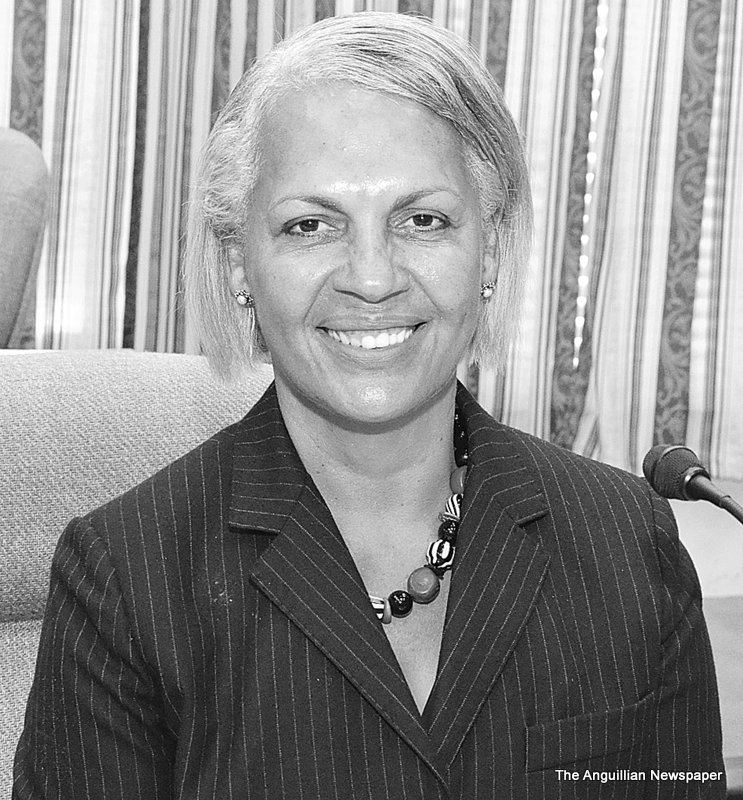Anguilla is Covid-19 free for well over one hundred days now; but its borders remain closed for an extended period of three months – from the end of July to October 31.
The end of this period is in fact the date just before the usual official commencement of the new tourist season on November 1 but, for Anguilla, it is still a wait and see situation.
This latest extension of the closure of the island’s boarders, the longest period undertaken in Anguilla since March 20, was jointly announced several days ago by Governor Time Foy, OBE, and the newly-elected Premier, Dr. Ellis Webster.
Dr. Webster explained the rationale behind the extended closure during a Radio Anguilla interview. “Initially, the borders were closed until July 30th,” he said. “There was a plan that on July 31st there would be a phased opening – and that would entail allowing visitors to come in from countries that have a low prevalence of the Covid-10 disease. We know that in the United States of America, and the United Kingdom, there is a high prevalence of the disease right now. And we feel that the risk to allow those persons in is higher than our healthcare system can accommodate. We know the limitations that we have – even though the United Kingdom Government made several tranches allotted to healthcare in Anguilla. They fixed up the isolation rooms at the Princess Alexandra Hospital; they allowed us to build a new isolation ward, an oxygen service, a storeroom; and they brought in the Cuban Medical Brigade which comprises three Cuban doctors and two nurses. This was all to help us in case – God forbid – the virus was imported into Anguilla.”
The Premier continued: “We have extended the border closure until October 31st. I know some people are concerned about that. Before, it was being done every two weeks – but the feeling was that people were being given the expectation that in two weeks the borders would be opened. We felt, given that most of our visitors come in from the United States and the United Kingdom [where there is a high prevalence of the disease], it would take a while before the level of the disease would be low enough to open the borders and allow people to come in without having to go through the application process. In Council, we discussed this with the health team and the feeling is that we should set a date and, if things improve before that, you can always back off on that date. Telling people every two weeks that the borders are closed but then extending it, I think people were beginning to lose that hope. The other thing is that visitors have to apply and go through a process just like the repatriation process…They get tested on arrival and then, ten days after they have been here in restricted movement, at their villas, they follow the quarantine rules not to be out in the public until they test negative on that tenth day.”
Dr. Webster further said: “Some people think we should have opened up to St. Maarten but we see that the prevalence of the disease there has gone up. We just cannot open up the borders and let people come in without following certain guidelines: the testing, quarantine and things like that.
“What is bothering me, though, is the repatriation because we have Anguillians who are out there in the Dominican Republic; in the United States and the United Kingdom. The prevalence of the disease in these countries is high – so the risk is high. Following the guidelines we have of 0.2 percent prevalence, it is difficult to bring those Anguillians back home with the limited healthcare facilities we have. That is bothersome to me because I feel that we need to get our people back home and that is what we are working on.
“We have asked the United Kingdom Government for more resources – in terms of personnel, technical resources and equipment so that as we increase our risks we have the ability to take care of our people.”
Premier Webster added: “Right now, the repatriation from the United Kingdom, the United States and the Dominican Republic was suspended for two weeks. It has been extended again to August 7 with the hope that we can get enough resources in place so that we can start bringing our people home. They will be going through the same process: testing three to five days before they come; testing upon arrival and ten or fourteen days out depending on the prevalence of the disease where they are coming from. They will have a third negative test and then get them out of quarantine.”








